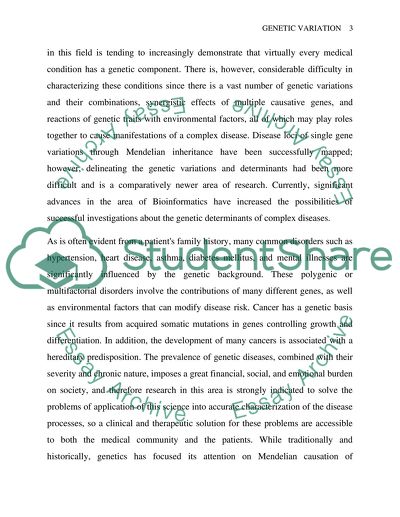Cite this document
(“Role of Genetic Variations in Human Diseases Research Paper”, n.d.)
Retrieved from https://studentshare.org/people/1526364-role-of-genetic-variations-in-human-diseases
Retrieved from https://studentshare.org/people/1526364-role-of-genetic-variations-in-human-diseases
(Role of Genetic Variations in Human Diseases Research Paper)
https://studentshare.org/people/1526364-role-of-genetic-variations-in-human-diseases.
https://studentshare.org/people/1526364-role-of-genetic-variations-in-human-diseases.
“Role of Genetic Variations in Human Diseases Research Paper”, n.d. https://studentshare.org/people/1526364-role-of-genetic-variations-in-human-diseases.


